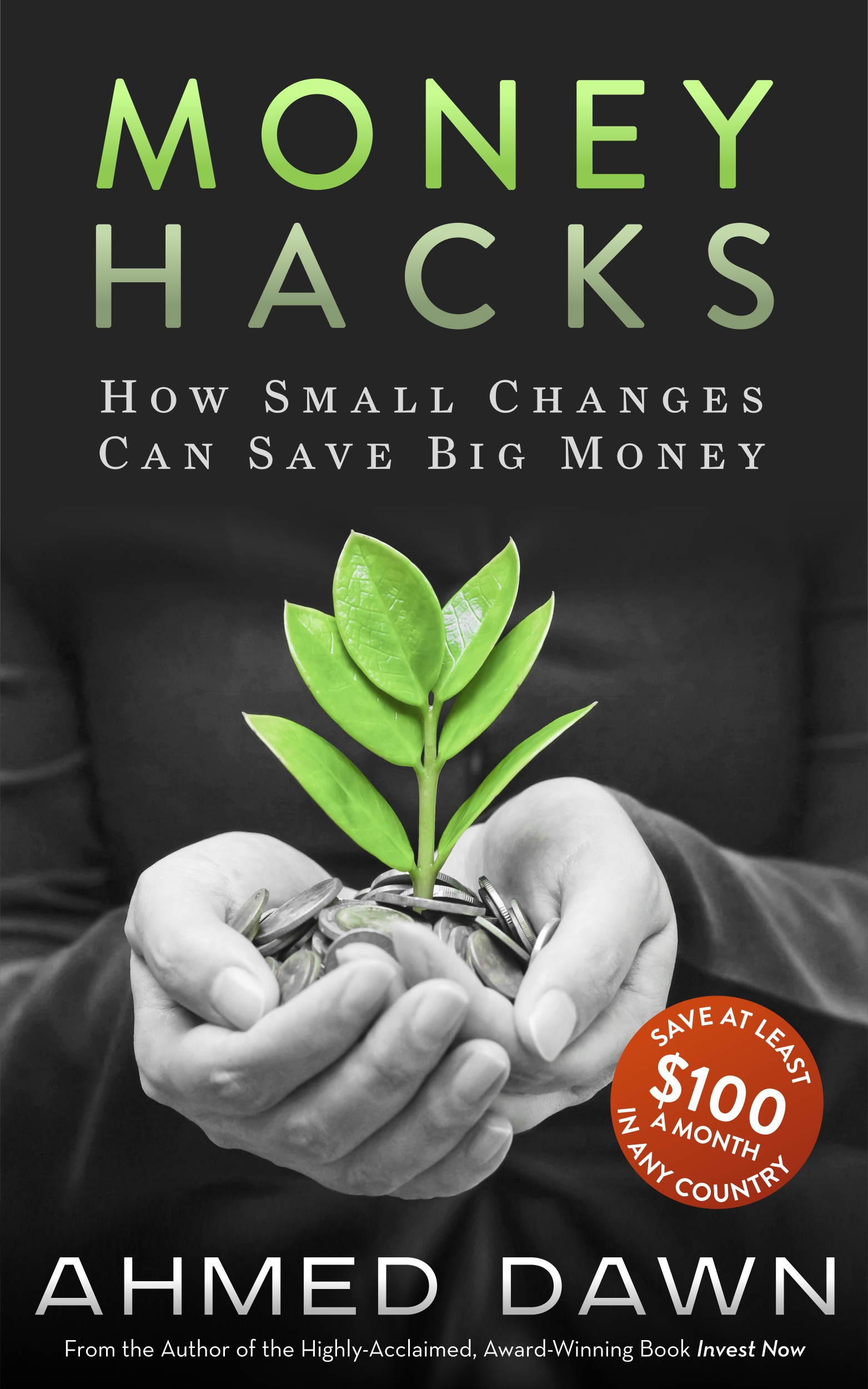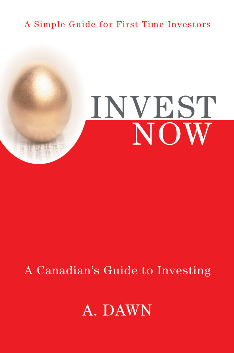Old Age Security pension or OAS
/Understanding Old Age Security Pensions
First Published Date: May 29, 2010
Retirement can be a stressful time for many individuals when they realize that they will no longer have a steady income, and instead will be hoping that the savings they put together will be enough for them to live on. While company pensions are great, they do not always cover everything and that means many retired individuals rely on old age pensions. In Canada, the old age pension is the Old Age Security Pension, which is a taxable-monthly social security payment that is available to Canadians who are 65 years and over. Currently, the basic amount for the old age pension is $502.31 per month. During tax season, if you have an income that is greater than $64,718, you must pay back a portion of your Old Age Security to the tune of 15 percent of your total net income.
It is important to note that not everyone will qualify for the old age pension. Depending on your circumstances, you may or may not qualify. If you want to collect a full pension, then you must meet the following requirements:
1. For Category 1, you will have had to live in Canada for at least 40 years after you turned 18.
2. For Category 2, you must have been born on or before July 1, 1952 and you must have lived in Canada for some period of time between that point and July 1, 1977.
If you want to collect only a partial pension, which usually happens if you are not approved for a full pension, then you need to meet the following conditions.
1. You must be over 64 years of age.
2. You must be a Canadian Citizen or a Permanent Resident of Canada.
3. You must have lived in Canada for the last 10 years at least.
Just because you lived in another country though, that does not mean that you cannot collect payments. Canada has agreements with many countries that can allow you to count years spent in another country so that you qualify for your Old Age Security pension. It is important to determine what countries they are but generally the United States, the United Kingdom and much of Europe allow you to qualify.
If you do not have much income, then your Old Age Security can be supplemented by a Guaranteed Income Supplement, which is non-taxable. That means that you are not taxed on that income, which gives you more money to use. The amount of money you receive with this Guaranteed Income Supplement will depend on how much you make your marital status and the age of your spouse if you are married.
Currently, the maximum supplement that you can receive as one individual with no other source of income is $597.23 and $392.01 for each spouse if you are married to someone.
It is also very important that you do not confuse the Old Age Security pension with the Canada Pension Plan, which is something that you contribute to, and which is earnings-related, which is paid in addition to the Old Age Security pension.








